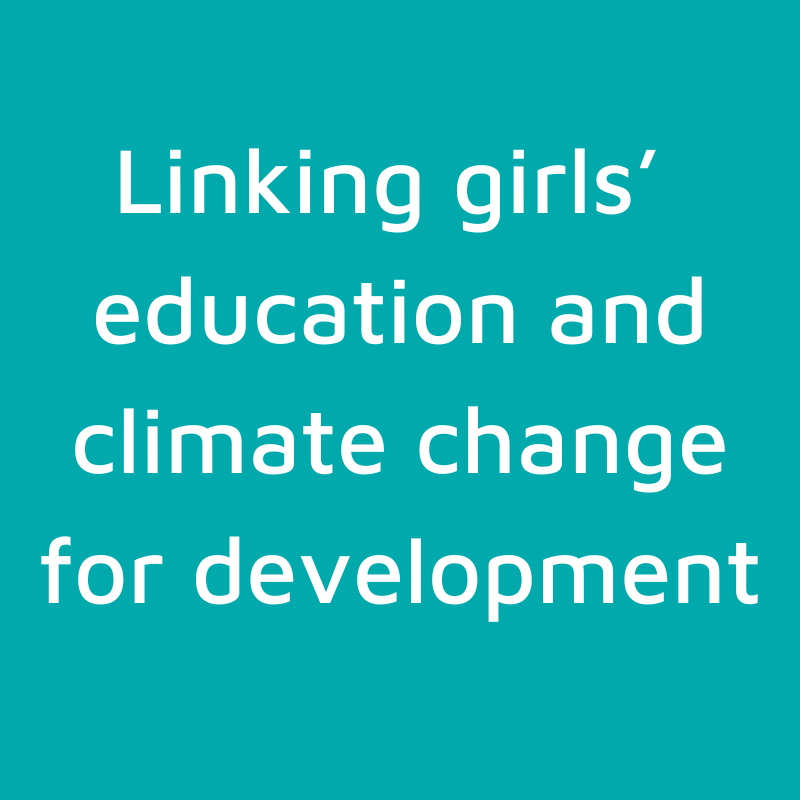News
Linking girls’ education and climate change for development

By Emily Trinder, 8 March 2023
Climate shocks such as floods, droughts, and other disasters caused by global warming are now five times more frequent than 40 years ago. They disrupt the education of more than 40 million children each year, and their impact could push over 100 million people living in low-income countries (LICs) further into poverty in the next decade.
Today, in LICs, over 90% of children are unable to read and comprehend a sentence by age 10. Many of these countries already struggle to deliver basic education services to address this learning crisis. But learning is essential for combatting climate shocks, which are happening more frequently in LICs than anywhere else in the world.
We’ve seen education and climate change are inextricably linked. These are two of the UK’s Foreign, Commonwealth and Development Office (FCDO) core development priorities, and connecting and understanding these links is crucial for effective development.
How do climate shocks impact women and girls?
In LICs, a child’s location, wealth, and gender determine how they experience climate change. This means girls from poor households in poor areas are most vulnerable to climate shocks, which impact their nutrition, access to education, and learning progress.
When climate shocks happen, more women die than men. Afterwards, there is more sexual assault and more gender-based violence against women. When schools reopen, many girls enter early marriage and sex work instead of returning to school to cope with the financial hardships increased by climate shocks.
How can girls’ education reduce the impact of climate change?
Girls returning to school (and learning) is crucial. Evidence shows 12 years of girls’ education leads to greater economic, social, and political empowerment. Education directly addresses climate change through teaching resilience and risk reduction. Indirectly, education leads to poverty reduction and increased social capital. It helps communities become more resilient and responsive to climate shocks.
One study gathered data from 125 countries over 30 years, and estimated by 2050, climate-related deaths across Africa could be reduced by 60% if 70% of girls completed lower secondary school.
Girls’ education or fertility?
But we mustn’t overemphasise the role of girls in mitigating climate shocks or put unfair focus on family planning. Conclusions centred on schooling leading to less babies and subsequent carbon emissions shifts the responsibility from high-income countries with significantly higher carbon emissions per capita. Instead, more learning means more potential for collective climate change action. We all have a role to play.
So, what is the crucial connection between girls’ education and climate change? For many, learning builds resilience for the future. With good foundational skills in literacy and mathematics, children can become key leaders for future generations who will bear the brunt of the climate crisis and better understand the needs of our planet and communities.
Ensuring all girls get 12 years of education also minimises FGM/C, early marriage, and early pregnancy. It maximises girls’ potential in the workforce, positions of leadership, and contributions to combatting climate change.
At MannionDaniels, we understand the nexus between education and climate, including gender, race, and class – intersections which contribute to the unique experiences of individuals. With expertise in sexual and reproductive health and rights, we recognise the need to prioritise inclusive education and climate together for the future of the planet and those most vulnerable.


